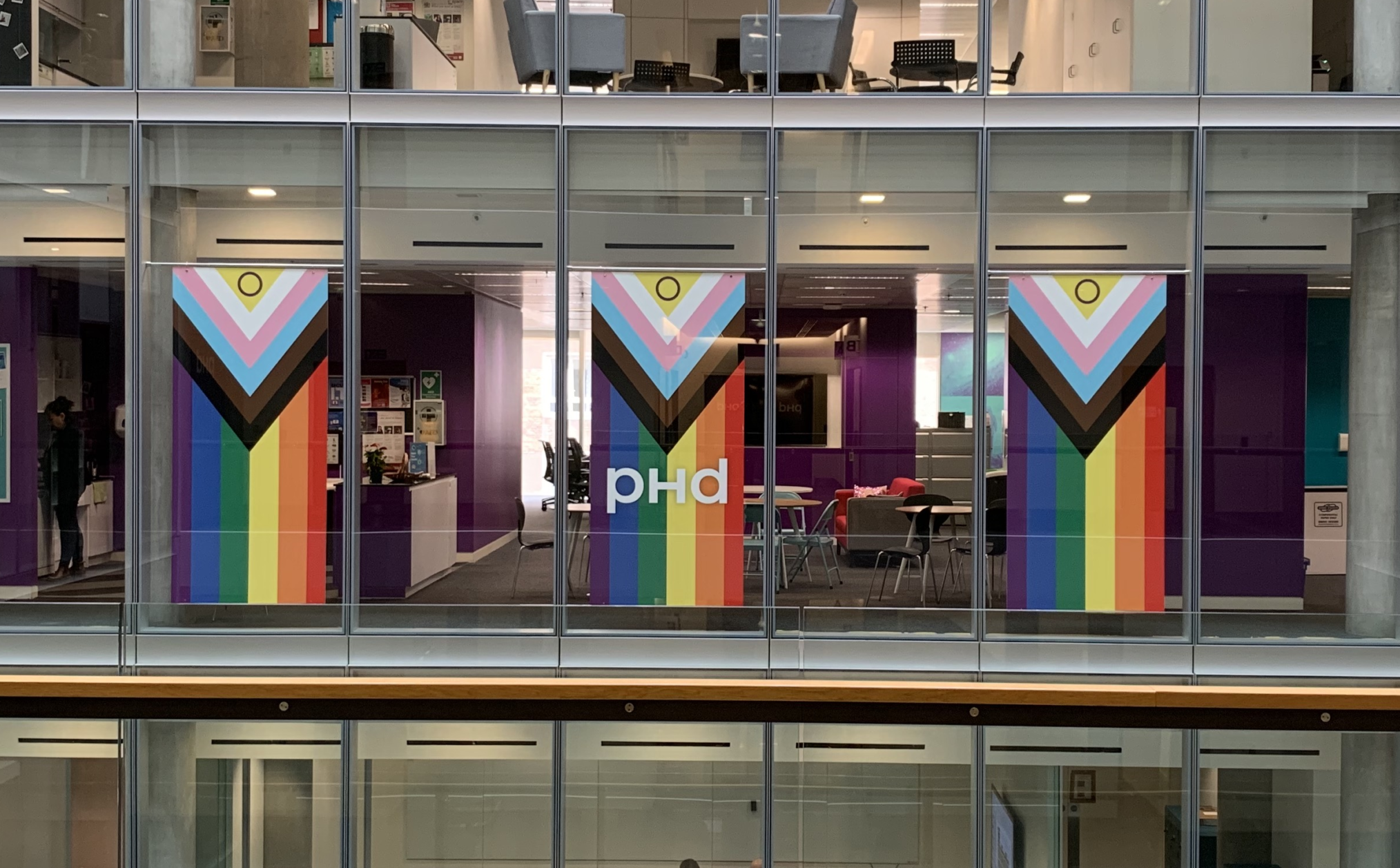Written by Sophie Strong, Managing Partner of Media Experience at PHD UK
In short, in-housing is the ability to perform a task within a business rather than out-sourcing to a third party or external vendor. In the context of our industry, examples of this could include running paid search activity through to creative production.
Now, whilst the terminology feels fairly recent, the actual practice is not. Something I was quite surprised to learn was that before agencies really took effect (back to the early 1900’s) news brands would employ people to create ads for companies to encourage them to advertise in their publication. However, where we are today in-housing is usually linked to a brand taking more control over the production of their adverts or the act of buying their media (particularly in biddable environments).
In-housing is often thought to be a driver of innovation, data control and cost-saving. In-housing remains a key agenda for marketers as a recent report from Kepler consultancy showed. Looking at over 150 senior marketers from leading brands, over half of those surveyed are considering taking all aspects of their media investment capability in-house.
Interestingly though, is research that highlights the concerns that those who have made the leap into the in-housing world have. In a recent study, 1/3 of chief marketers surveyed referred to in-housing as a nightmare, driven by a handful of reasons; operational headache, difficulty in implementing the model, lack of inspiration from in-house marketing teams, staff retention and acquisition challenges.
The brands who are getting in-housing right have something in common. They have deployed a hybrid model, leveraging agency support where appropriate to plug the gaps within their own business.
Whilst agencies have traditionally been set up as an out-source model for advertisers not looking to buy their own media or produce their own creative, there are some agencies set up to support those with an in-housing agenda. Examples of these include major holding groups such as Omnicom, as well as bespoke in-house agency solutions like Oliver.
Leaning on agencies to support with in-housing isn’t a bad thing, they bring with them many benefits:
- Access to intel and experience at a macro level. Agencies sit on a wealth of data that span multiple verticals which can help shape optimisations, testing and benchmark what good looks like.
- Proprietary technology and tools which can help with everything from automation, optimisation, and measurement to unlock incremental growth for advertisers.
- Thought Leadership in specialist areas which can help unlock new opportunities for advertisers, as well as helping them navigate challenges such as inflation, as well as an ever-changing, complex landscape.
- Partner relationships through the scale of their billings, unlocking access to new opportunities and more competitive pricing
- Access to talent for training and secondment purposes to help bolster the in-house teams’ capabilities.
Working with an agency in the in-house world is all about getting the model right – and this will vary for every advertiser. So, to get the best out of this relationship there are some critical steps advertisers should take:
So, what do clients need to do who are thinking about in-housing?
- Start by outlining why you are looking to move the activity in-house. There will be a driver – anything from data control through to cost-savings – which is leading you down the path of in-housing
- Do your research – brands that have got it right or wrong have been vocal so speak to them about their experiences and look to attend industry events around in-housing
Speak to your agency. It creates a conversation which could lead to a solution you aren’t expecting. They can help with everything from:- Working through what shape and type of team your business would need
- How to measure success and set up a test
- Which elements of the agency are still needed and how they can support in these areas
- How to transition the buying in-house without causing a sudden drop in performance
- Finally, make sure you have a growth plan for your teams – agencies have different routes people can take to grow, be it upwards or sideways. Ensure those opportunities exist to retain and attract talent into your in-house team
Most importantly when thinking of in-housing, remember agencies don’t need to be the enemy – view them as a business partner or an ally who can help you achieve what you need.
This article was first published in New Digital Age



